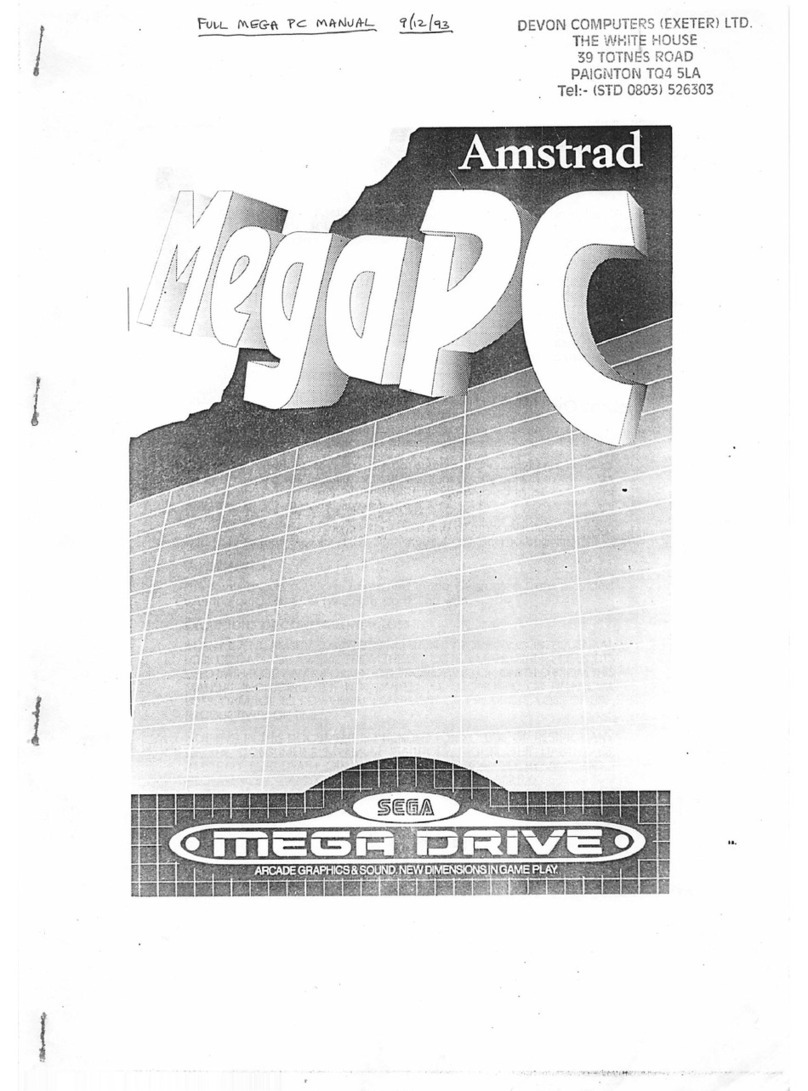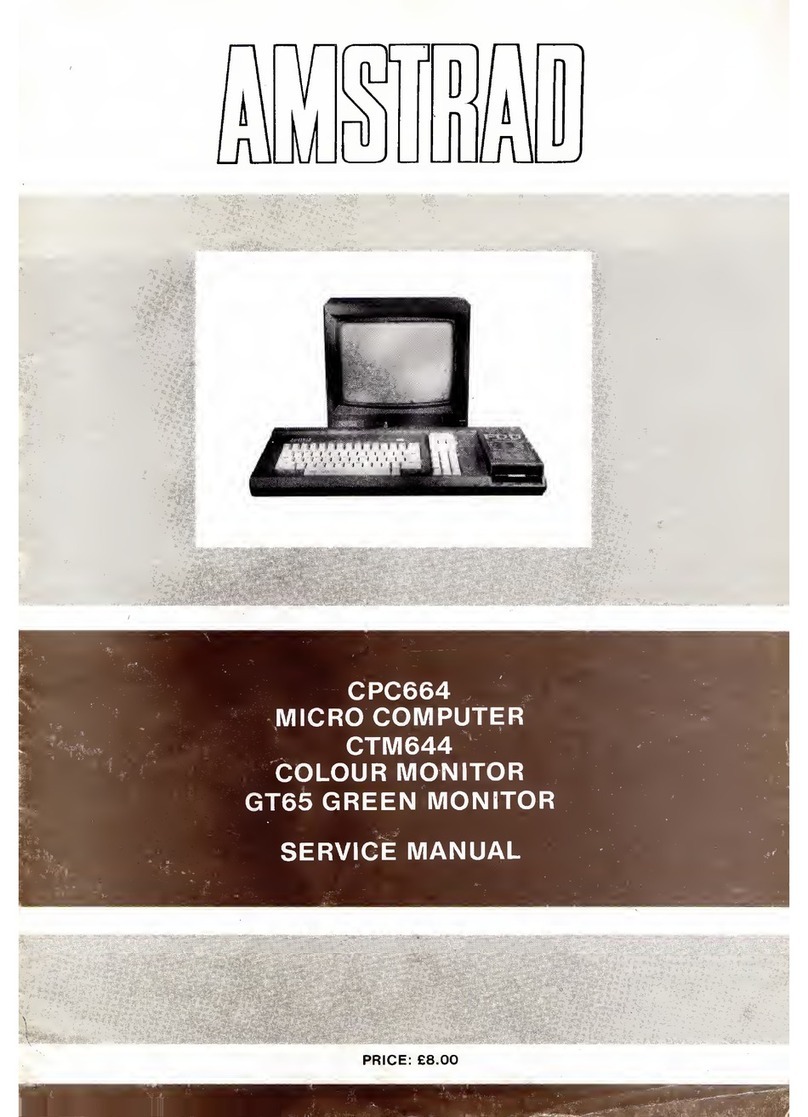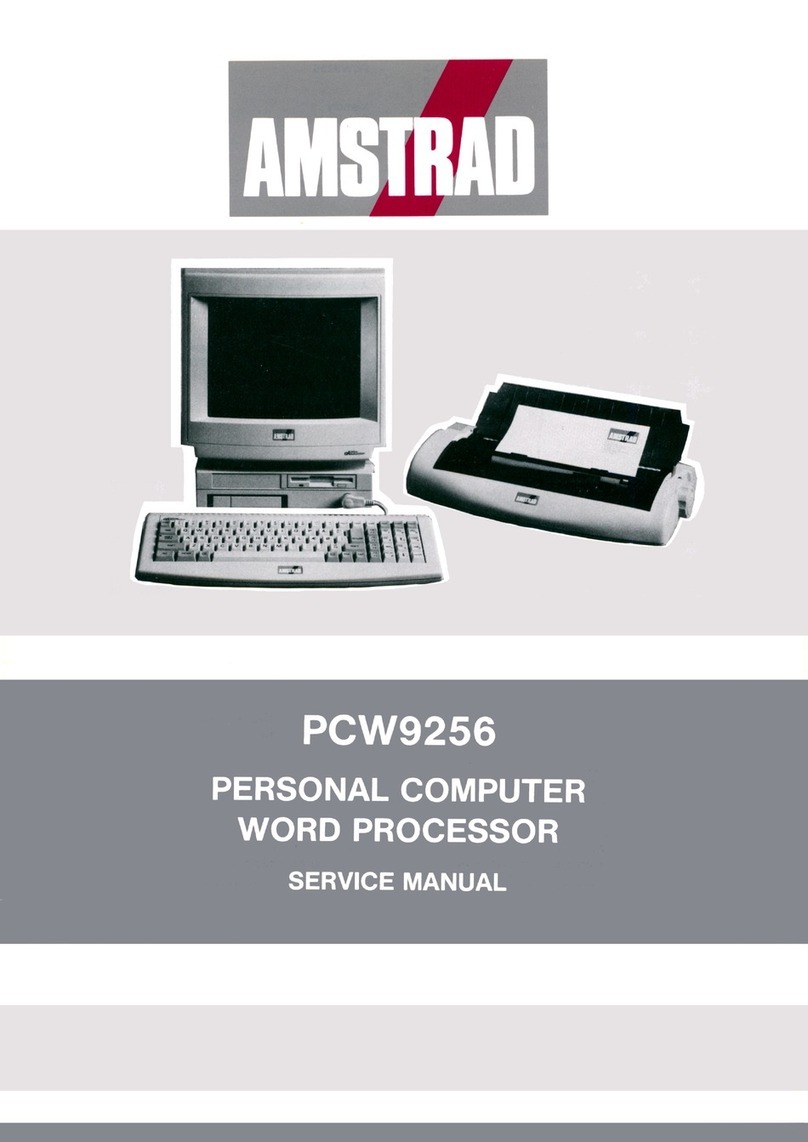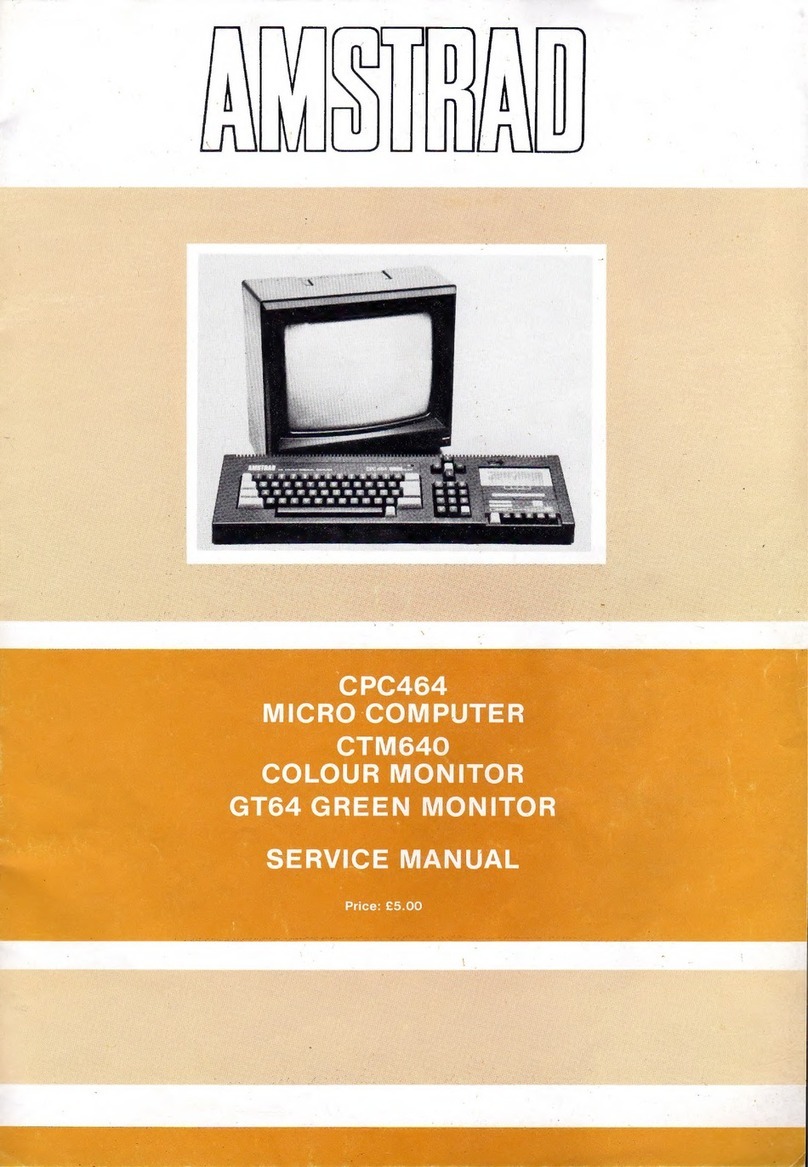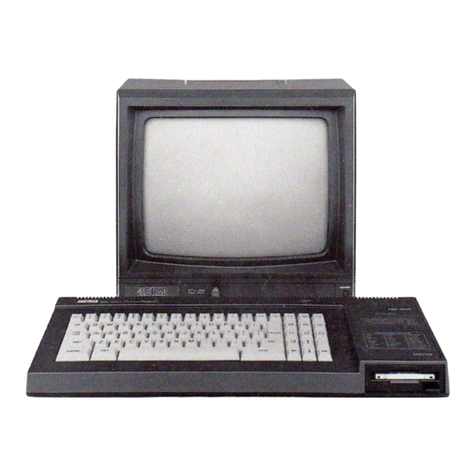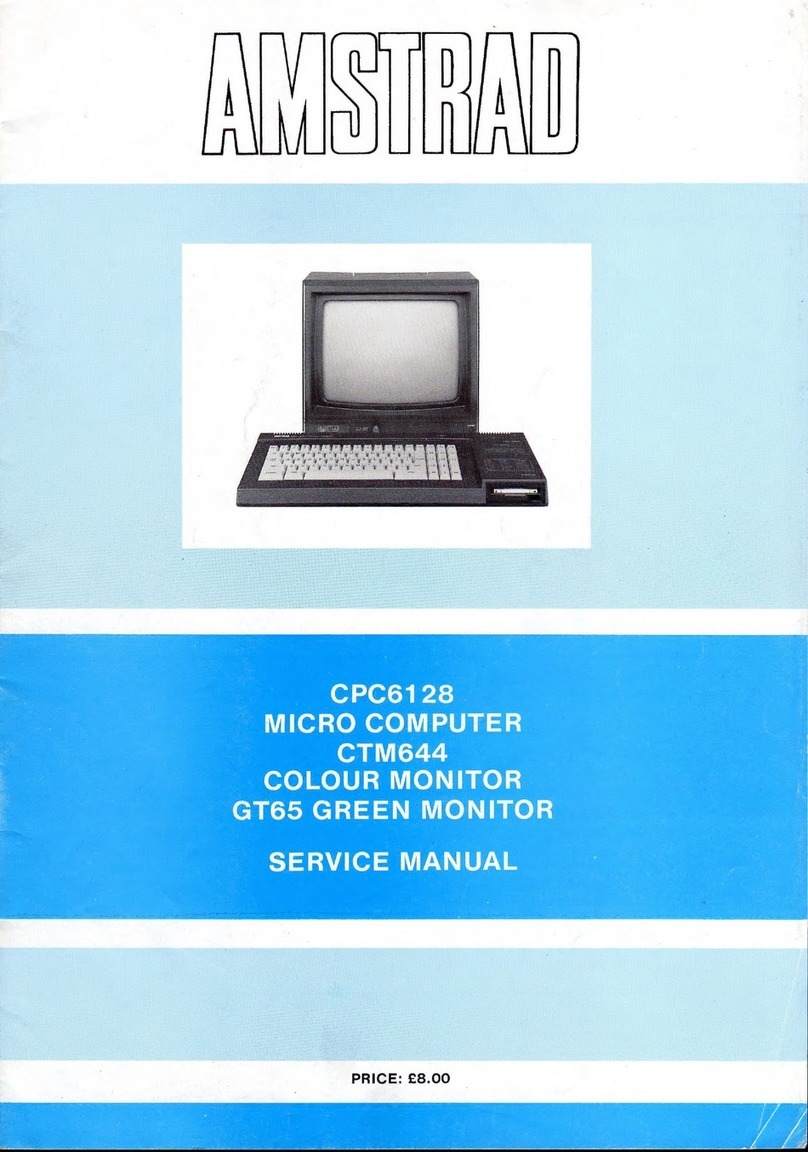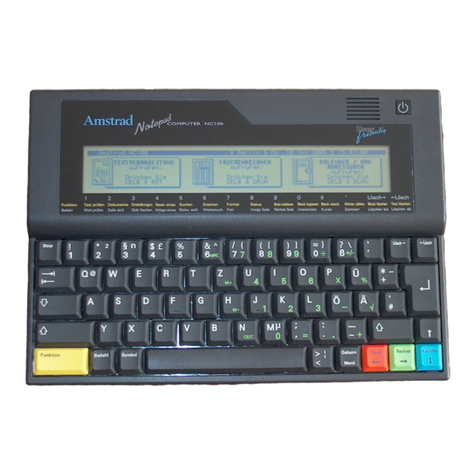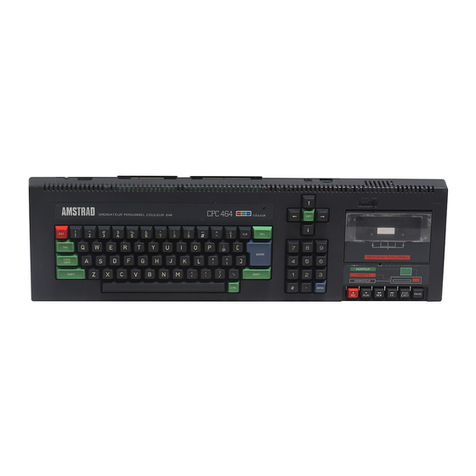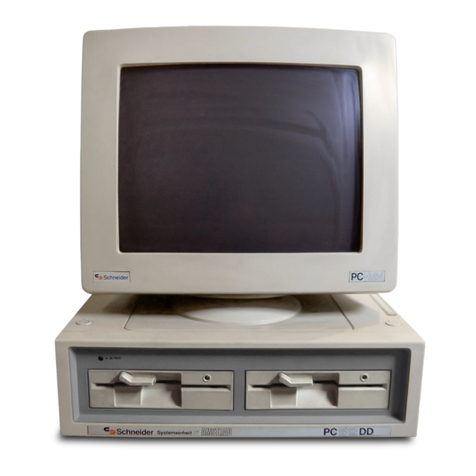
IMPORTANT
When reading this user guide, you should watch out for the different type styles
that indicate the different ways in which references are made to programs, [KEYS]
which are present on the computer, but which do not result in a printed character on
the screen, and (general descriptions) which are associated with the programming
words, but are not to be typed in as part of the instruction.
1. Always connect the Mains Lead to a 3 pin Plug following the instructions
contained in the first section entitled ‘Setting Up’.
2. Never connect the computer keyboard, monitor or power supply/modulator to
any piece of equipment or source of power supply other than that described in this
guide. Failure to comply with this will result in serious damage, and invalidate the
guarantee.
3. Keep flower vases, drinks, etc. well away from the computer keyboard, monitor
or power supply/ modulator. If liquid is spilt into any of these units, serious damage
will result. Under such circumstances, consult qualified personnel.
4. Do not block or cover the ventilation slots on the top or back of the computer
keyboard, monitor, or power supply/modulator.
5. Turning off the power will lose all that is stored in the CPC464 memory. If you
wish to save a program, read Chapter 2 after having first completed the ‘Foundation
Course’.
6. It is recommended that you use cassettes specifically designed for use with
computers. However, it is perfectly acceptable to use good quality audio-type
cassettes made by leading manufacturers, providing that they are not Cr02 or
‘metal’ tape, and are no longer than 90 minutes (C-90).
To enable you to locate programs recorded on the tape more easily, we suggest that
you use C-12 cassettes (6 minutes per side.)
7. Note that cassettes containing programs from other types of computer cannot be
run or loaded on the CPC464.
8. If the cassette you are using has had the safety tabs removed to prevent
accidental erasure of programs then the record button will not depress. Please do
not use force on this button, otherwise the mechanism may be damaged. If you wish
to re-record on a cassette where the safety tabs on the back of the cassette have been
removed, this may be achieved by covering the holes on the back of the cassette with
adhesive tape.
9. Remember to ensure that the tape in the cassette is wound beyond the first
section (leader tape) before you start to save a program.
10. Take special care not to use or store any of the units in direct sunlight, in
excessively hot, cold, damp or dusty areas, or places subject to any heavy vibration.
Never store program cassettes near any magnetic fields, such as those that occur in
loudspeakers or large electric motors.
11. General care of your cassettes and regular cleaning of your datacorder
mechanism should lead to error free storage and retrieval of programs.
12. There are no user-serviceable parts inside the units. Do
llot
attempt to gain
access into the equipment. Refer all servicing to qualified service personnel.
13. Neither the whole or any part of the information contained herein, nor the
programs or products described in this manual may be adapted or reproduced in any
material form.
